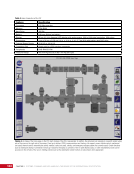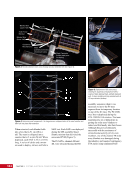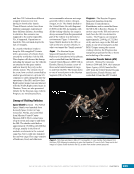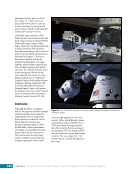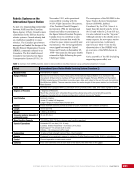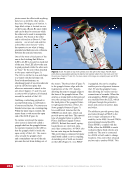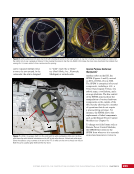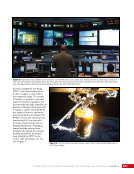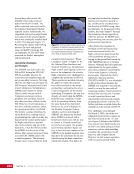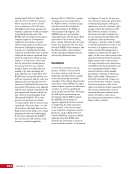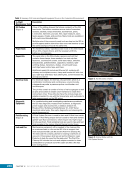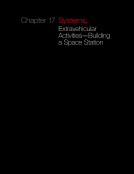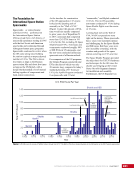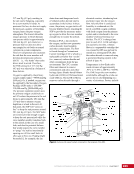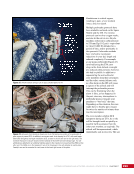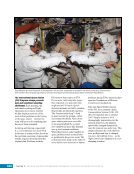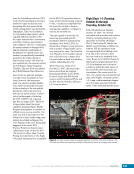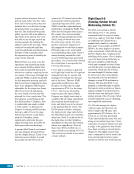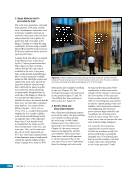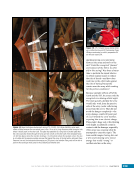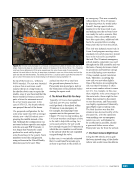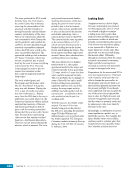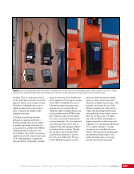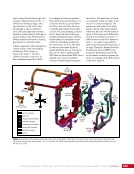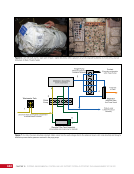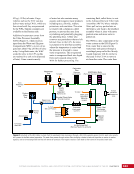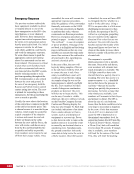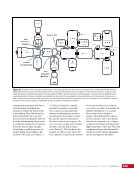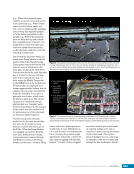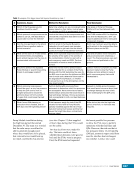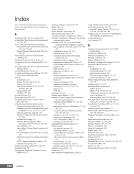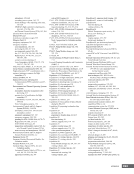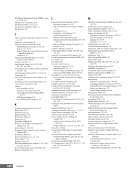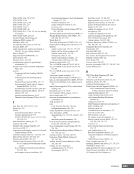97 SYSTEMS: COMMAND AND DATA HANDLING—THE BRAINS OF THE INTERNATIONAL SPACE STATION CHAPTER 5 Table 1. (continued) Connected to Power Module Control Unit Multiplexer/DeMultiplexer P4 PVCU-2A, P4 PVCU-4A S4-PVCU-1A S4-PVCU-3A P6-PVCU-2B P6-PVCU-4B S6-PVCU-1B S6-PVCU-3B • Two fully redundant MDMs • Both powered on • One operating as Primary • Located on respective Truss Segment • Control power generation through pointing of Beta Gimbal Assemblies, control energy storage by control of Battery Charge/Discharge Units, monitor battery units, control, monitor, and provide control for Sequential Shunt Units and DC Switching Units • Control PhotoVoltaic Thermal Control System Connected to Habitation Control Zone Multiplexer/DeMultiplexer Node 3-1 (N3-1) N3-2 • Located internal to Node 3 • No redundancy • Node 3 smoke detector monitoring, CCAA, pressure monitoring, IMV control • Node 3 MTL [N3-1]/LTL [N3-2] control and monitoring • Rack power switch monitoring • Node 3 C&W panel control [N3-1 MDM] The European and Japanese modules each have their own computer systems that monitor and control all the systems in that module. The primary computers in each module are Tier 2 computers underneath the CCS. On the Russian Segment, the computer system is also broken down by tiers, but with less resolution. The main computer on the Russian Segment consists of the SMCC, which is analogous to the C&C system on the USOS. The main connection between the segments for data transfer is between the SMCC and the CCS. Although the SMCC contains three computers, these systems are not redundant boxes such as the CCS, but are rather a voting block similar to the General Purpose Computers (GPCs) on the Space Shuttle. Specifically, all three computers are always operating, processing commands and telemetry however, if one reports a discrepancy, it is voted out and the other(s) continue(s) without the malfunctioning computer. The three Service Module Terminal Computers (SMTCs) operate in a similar fashion. The SMTCs connect to, and parallel, the USOS GNC computers. Other functions such as thermal control and life support are spread out between the SMCC and SMTC systems. Multiplexer/DeMultiplexer The MDM is at the core of the C&DH system on the USOS. Multiplexing is the process of taking data from many inputs and formatting them into a single continuous data stream. Demultiplexing is the reciprocal process of breaking a single stream into its basic components and transmitting the resulting data to the required end user. These data, or telemetry, contain the details of everything about the spacecraft ranging from temperatures of items (e.g., the fragile aluminum shell of the ISS), to angles of articulating components such as the solar arrays, to the attitude and velocity of the vehicle. It also includes the health and status of the MDMs. An Intel 386 processor is at the heart of most MDMs. In an age of ever- more-powerful computer chips, this may seem ridiculously antiquated however, this processor has enough computing power to get the job done. The lag behind current technology is due to the life cycle of computer hardware development. Designing a spacecraft, testing and certifying an item for the space environment, building the hardware, and finally implementing on orbit takes many years. For computers that evolve yearly, this may overlap several generations of improvements. Since the faster chips are also thinner, they are much more susceptible to radiation interference in space causing the computer to lock up. This is not acceptable for the MDMs that control critical functions. There is generally little need or ability to upgrade the MDMs in most spacecraft, once the MDMs are in operation. However, the ISS MDMs were designed such that improvements could be incorporated if the need and money were available. The major limitation of the MDM is not the processing speed, but rather the memory available and the communications network. As some of the functions on the ISS evolved, especially the Ku communications systems (see Chapter 13), the CCS processor was upgraded to the Enhanced Processor and Integrated Communications card, which contained a Pentium chip.
Purchased by unknown, nofirst nolast From: Scampersandbox (scampersandbox.tizrapublisher.com)








































































































































